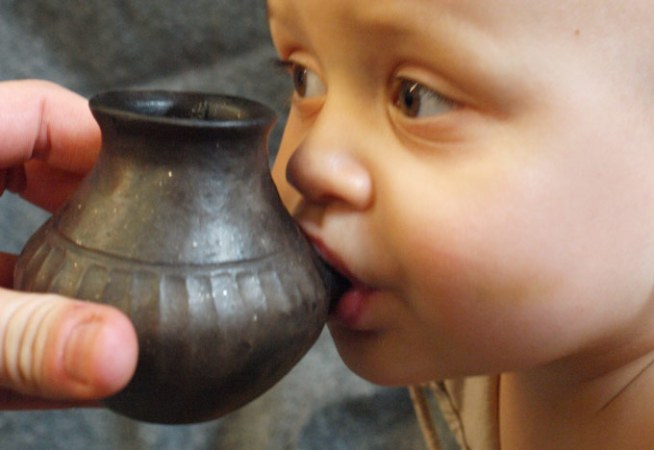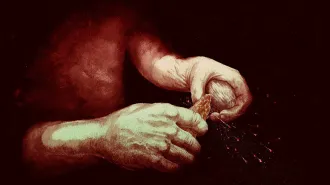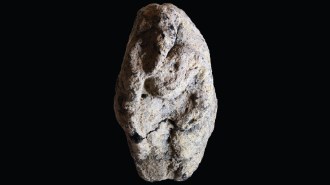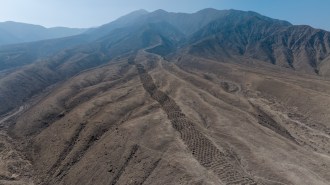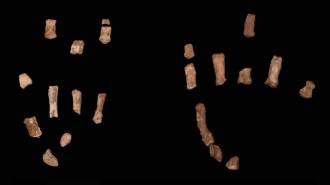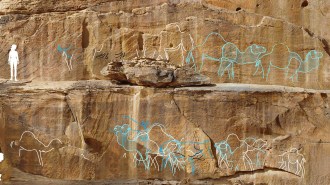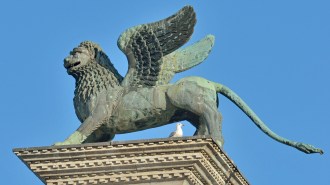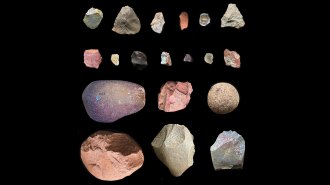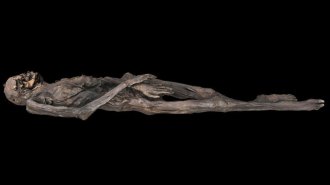Baby bottles may go back millennia in Europe
Early farmers used vessels with spouts to wean infants, scientists suggest
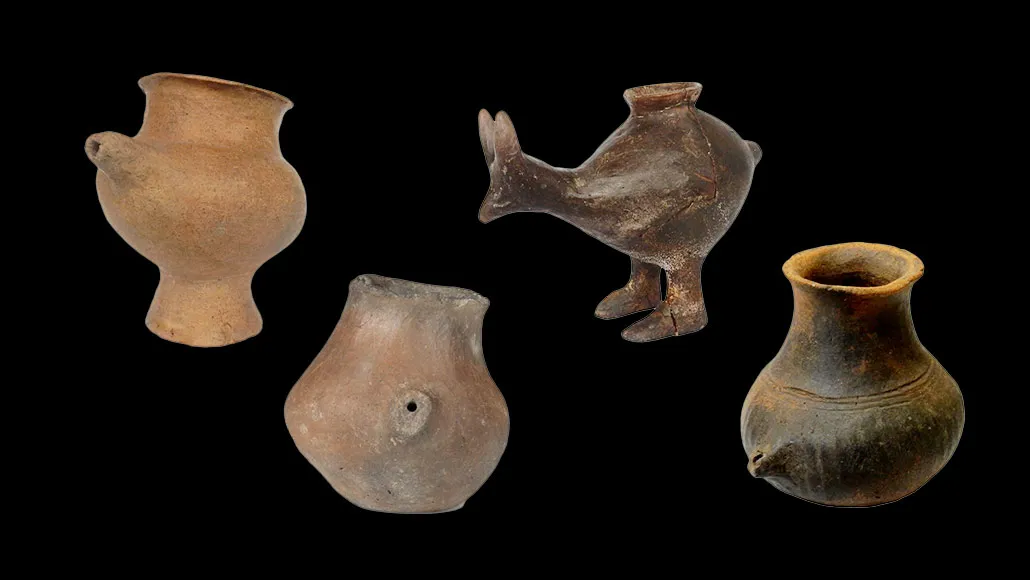
Some small clay vessels found at early European farming sites, such as these 3,200- to 2,800-year-old artifacts, may have been used to feed animal milk to human infants.
Katharina Rebay-Salisbury
